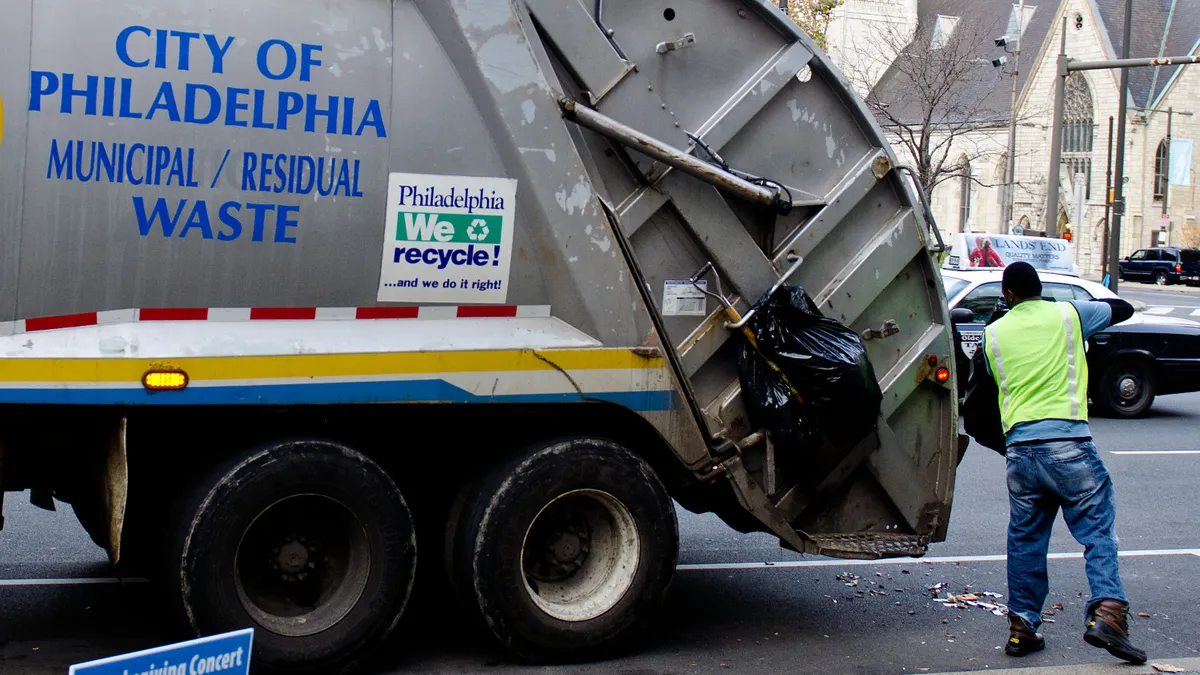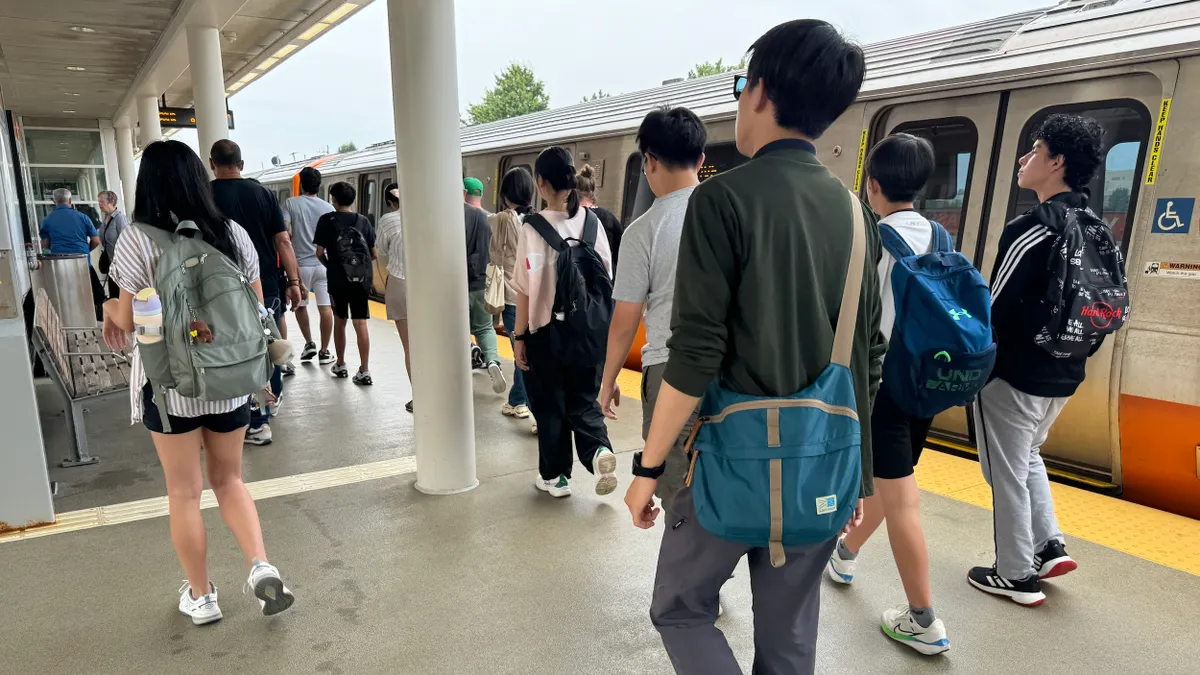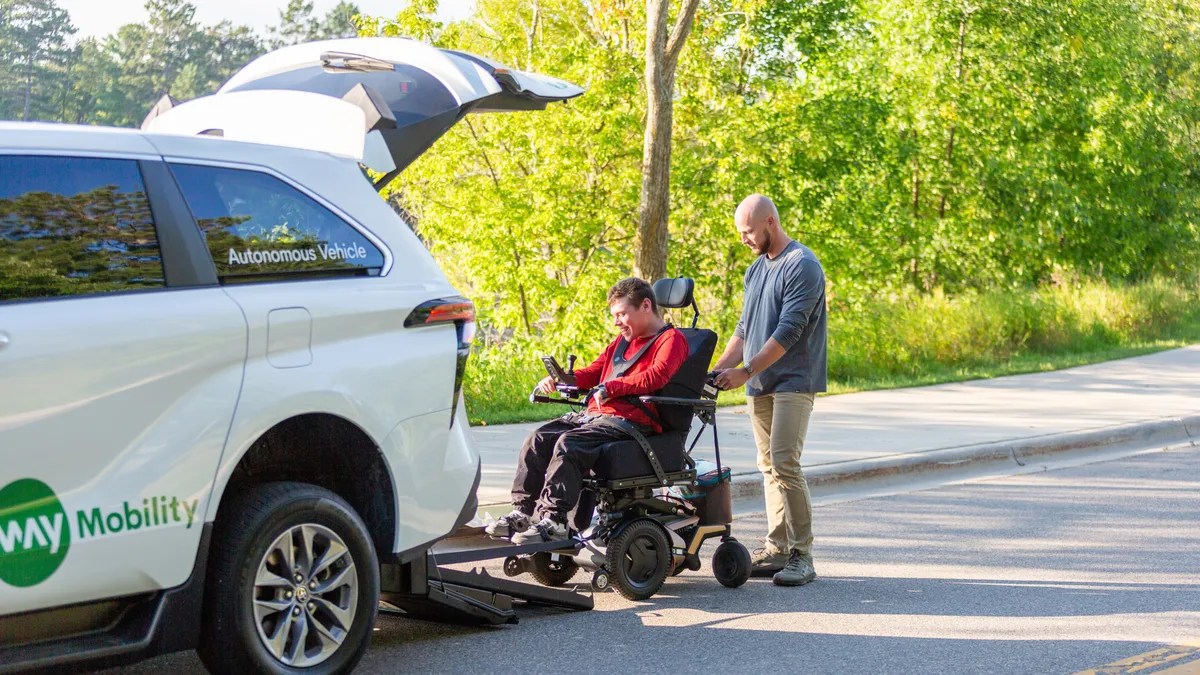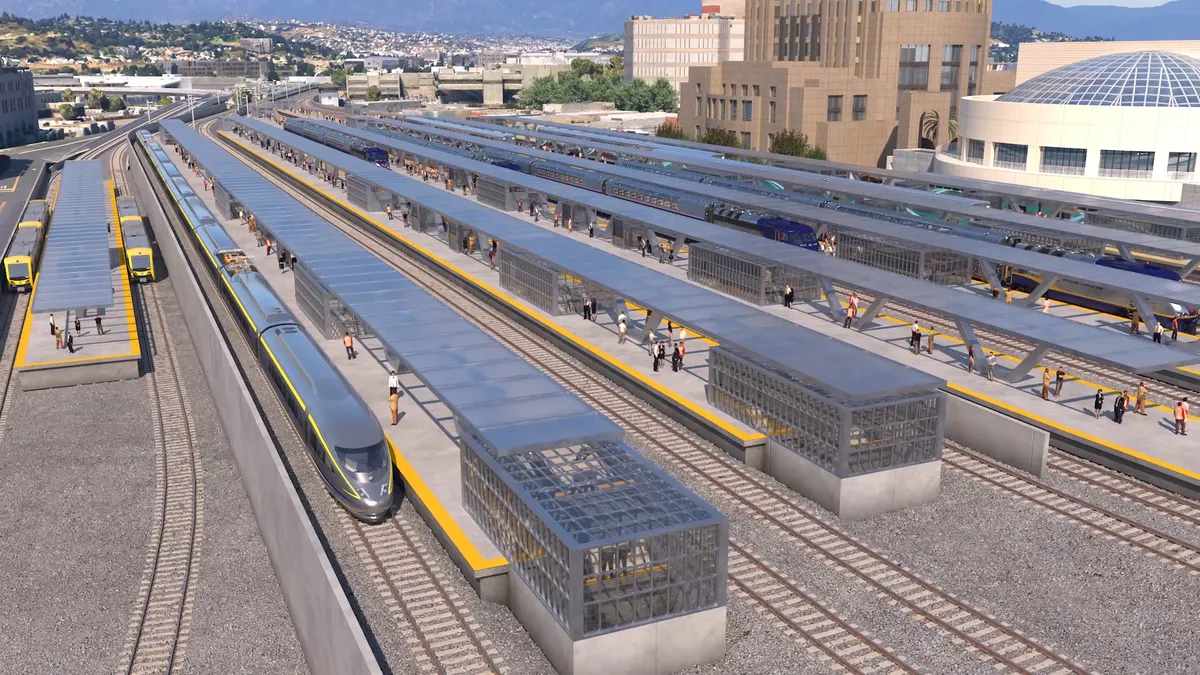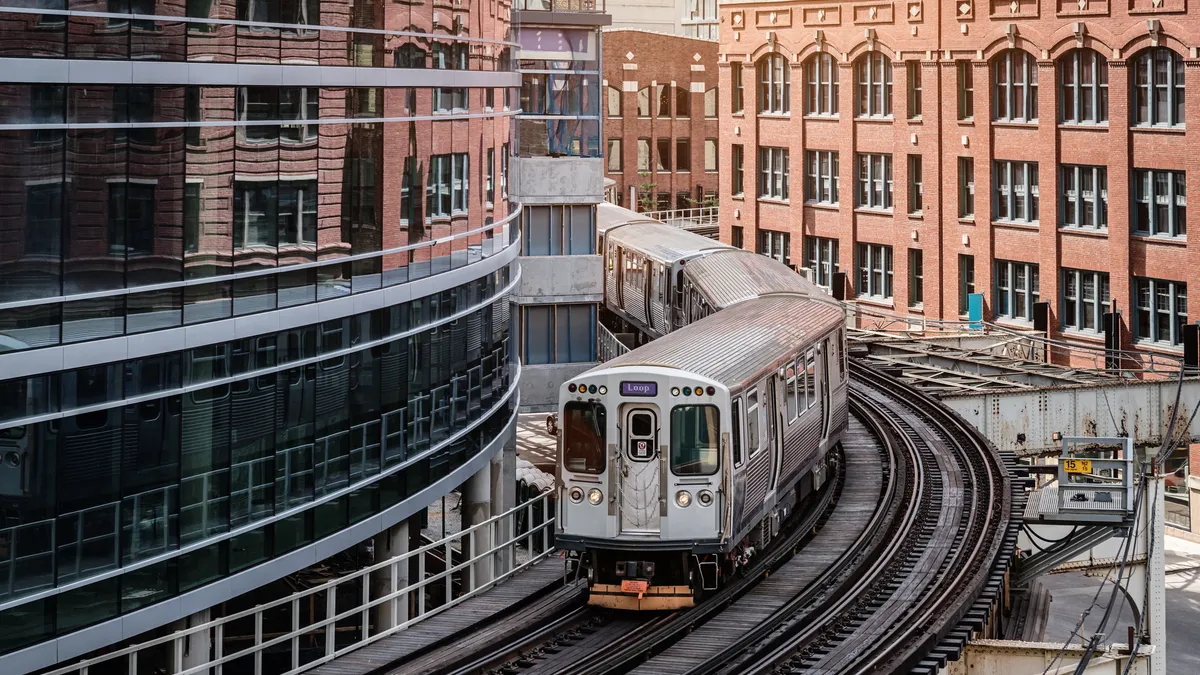Editor's Note: This piece was written by Daniel Stewart, Senior Advisor for Smart and Connected Communities at Cisco and former mayor of Plattsburgh, NY. The opinions represented in this piece are independent of Smart Cities Dive's views.
Mayors are visionaries who aim to create communities where citizens want to live, work and play.
In this increasingly digitized world, citizens desire the most advanced technology that will make their daily lives easier and their communities more efficient. In a community’s transition to a smart community, the mayor has tremendous input and guidance in what technology is to be used, as well as what makes the most sense for the community both economically and for the quality of life it will create.
Much of a mayor’s vision stems from ideas that will create economic development and recruit new residents, as well as retain those already living in the community. Using technology to offer more connected transportation options, advanced public safety services, better constituency interactions and even decreased pollution impacts can make a community more desirable.
Running on the promise of technology
As communities move toward a more connected future, mayors have the responsibility to incorporate new elements that elevate the infrastructure and invigorate the quality of life. Learning how other cities, towns and counties are using technology and finding the right tools that are best for their community in an economically sound way is an important part of a mayor’s role.
By collaborating with their IT professionals and engineers, mayors can learn more about available smart community technology. While it can improve the lives of citizens, it can also streamline activities and advance the mayor’s working environment by increasing the pace of decision making with new tools and solutions. By speaking with other mayors and attending conferences that highlight the use of the technology trends, best practices behind transitioning to a smart and connected city can be learned and shared.
Yet, the most advanced technology cannot be implemented on an antiquated infrastructure. Ensuring the community is prepared for the technology is the key to confirming whether the desired tools are interoperable and properly able to communicate. Additionally, mayors need to determine through their IT specialists that the best tools are used to minimize security risks. Security must be a prime consideration when updating city technology because any data breach — if or when it occurs — will be the mayor’s responsibility in the end.
The benefits of a smart and connected community
Finding the right technology is the first step to creating a successful smart community, but it’s how the technology is used that creates progress. As mayors are expected to deliver vital public services, such as safe roads, to their citizens, they must put citizens’ needs first. Smart community technology can bring economic development and new jobs, as well as reduce overtime for city government workers and cut down on pollution. It can also bring the constituency closer to the government body for interactions that are politically progressive.
For example, the use of online conferencing solutions reduces the amount of time city employees must travel for minor meetings by replacing the in-person meetings with a video solution. This ultimately creates a more productive work environment at city hall and cuts down on employee travel time in the car. The technology also makes it easier to connect mayors and elected officials in other parts of the state to share resources and collaborate on decisions.
Additionally, cities can now pull data from sensors on the roads and around the city to track air pollution, predict infrastructure failures and detect incidents. The pollution level sensors can help to better inform the mayoral decisions about the types of connected transportation technology the community needs. The ability to use the data to change how things operate throughout the community can then be shared with the state to help determine health risks from pollution, which can elevate the mayor’s reputation statewide. For example, sensors on streetlights can alert mayors across the state when air pollution levels are too high. Other sensors can detect differing pattern flows of traffic to better understand where future economic development is best suited.
Working with the states
As a state builds out infrastructure, mayors need to ensure their communities are properly aligned with the state’s technological growth. For communities to build resiliency and be able to share data quickly and efficiently, it is critical that they not operate in individual silos, but rather with the state roadmap and other local governments to assure consistent and smart growth. This means each community’s individual technology must work with other government systems in an open standard format. Already, public safety agencies are taking advantage of connected technology to host secure video meetings to discuss planning for important policing matters like school safety that concern every community. Residents want safe communities with safe schools before they consider moving there and this means plans must be in place to provide for economic growth based on safety factors.
Mayors should also take advantage of state and federal grants for shared services. Doing so will allow for collaboration across communities to help in planning for the newest technology available to improve citizen services. As communities look to transition, mayors will help to lead and influence the critical regulatory decisions made at the state level. Local government helps to form the state roadmap in this manner using their vital partnerships within state associations of mayors and leagues of cities for political power.
The mayor that takes the small steps with technological growth today will set the future for other mayors, their communities and the generations to come – creating more smart communities that work together, growing to be as strong as they can be to bring a quality of life that residents are proud to call "home."






